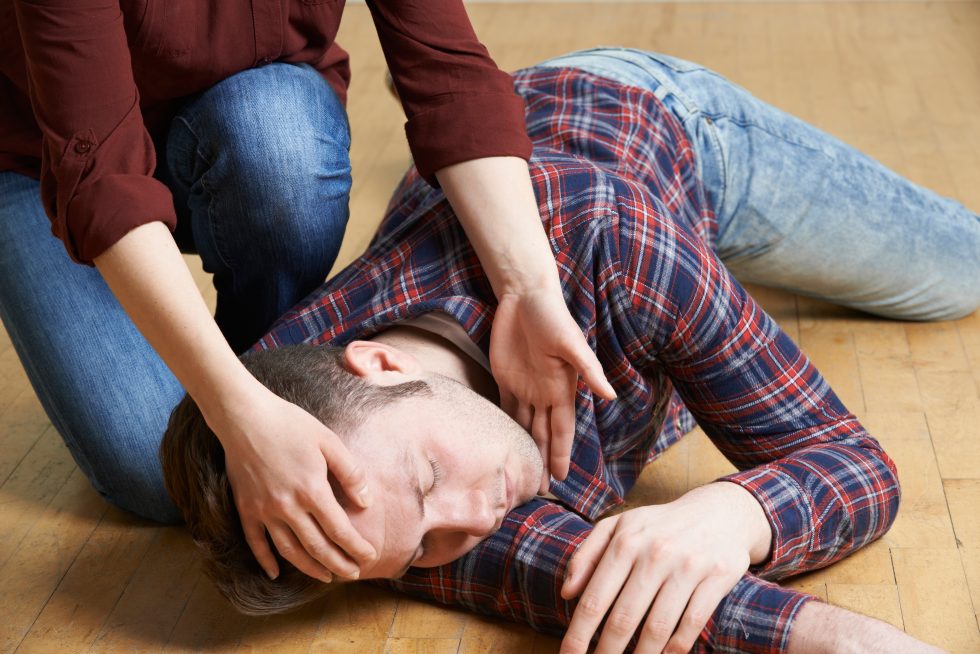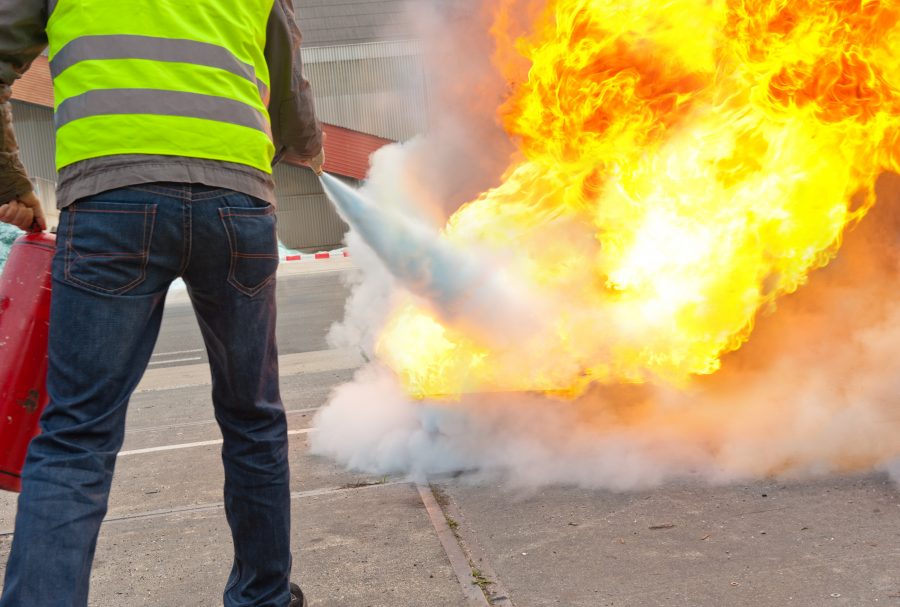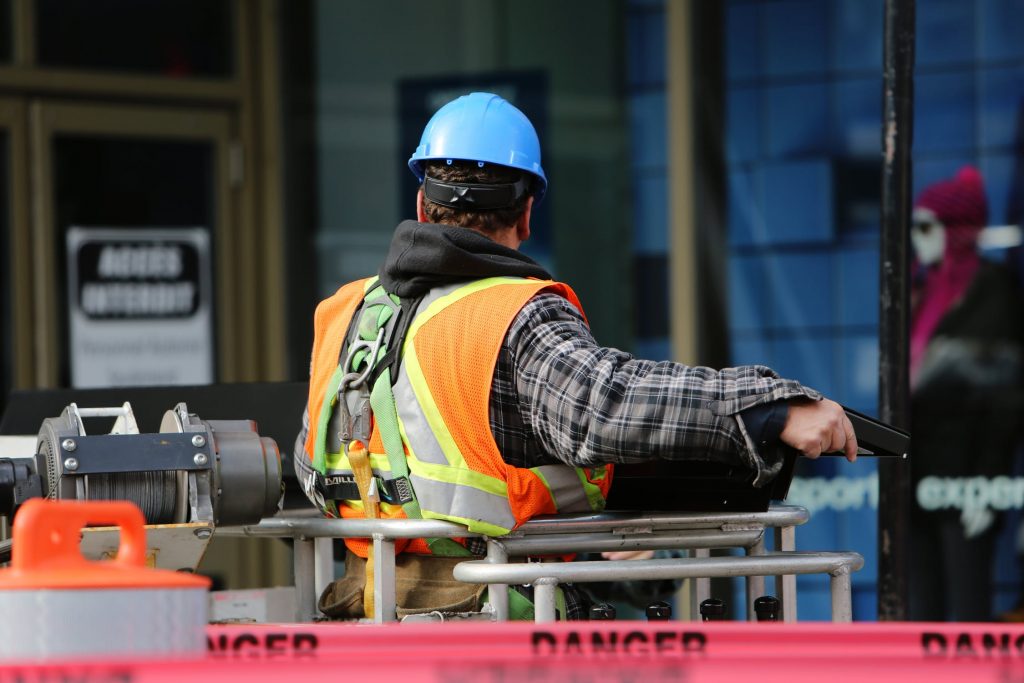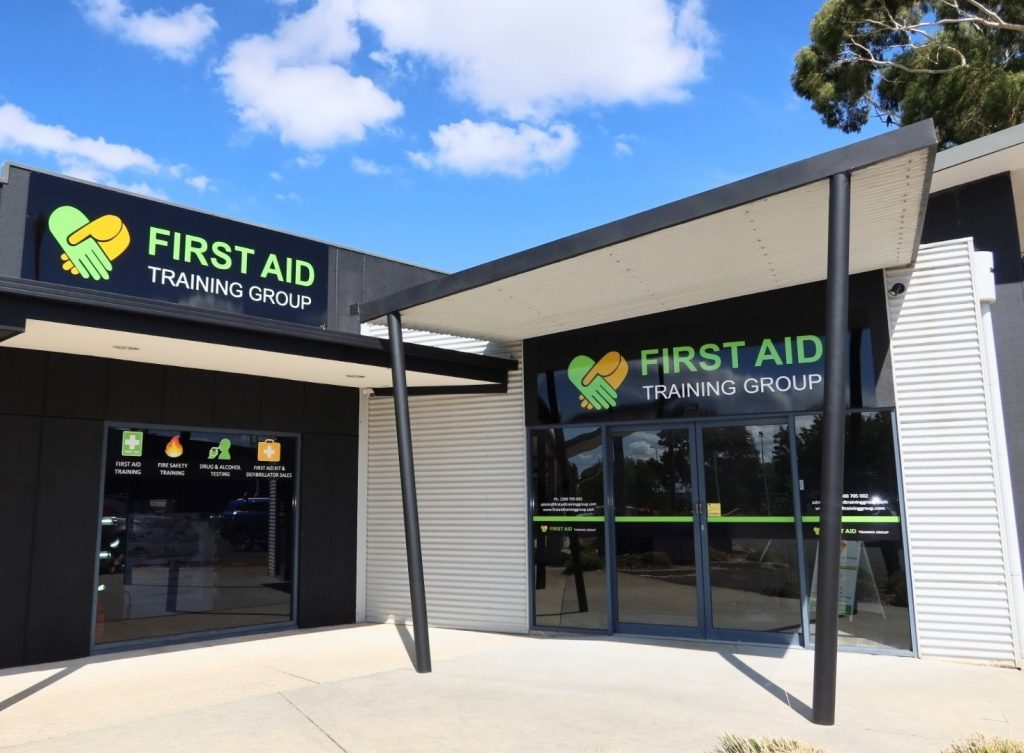Every day across Australia paramedics respond to medical emergencies. More often than not these medical professionals are the second responders, as the first responders are bystanders or loved ones who have received some formal first aid training.
Granted, there is a difference in between the skills of these responders, but working together to save lives is what they do.
Formal first aid courses provide a process or system to keep casualties alive.
Within Australia the national training framework and industry professionals decide on what will be included in the first aid course. Lets now have a look at what people can expect to learn.
The general first aid course is call Provide first aid (HLTAID003) and is generally held over several hours. You would expect to learn how to respond to emergencies. Including, but not limited to, 1. how to identify hazard to both you and any casualty, 2. Recognize the need for first aid whether the emergency services should be contacted.
 Applying first aid procedures using a systems approach
Applying first aid procedures using a systems approach
You will learn how to apply recognized first aid principles including CPR and other critical life saving techniques. There will also be instruction on how to use a electronic Defibrillator which is a vital piece of first aid equipment.
One important factor that is provided is how to provide respectful behaviors and obtain the casualty consent to help them in a number of ways.
First Aid equipment provided for first aiders.
Paramedics have some important equipment designed to help them provide medical care to casualties. Nevertheless, so does the first aider.
Indeed, we have spoken about defibrillators previously but items like bandages and face-masks will help the first aider keep themselves safe while providing medical care.
First aiders may help the situation to become better or at least get know worse. Moreover, instruction on how to monitor a patient is part of all first aid courses.
 Communicating with others at the emergency scene
Communicating with others at the emergency scene
Probably one of the most important part of general first aid is being able to communicate effectively with those who are responding to an incident. First aid instructors pride themselves on providing guidance on how to do this effectively.
One aspect of every emergency is to review your own actions post incident. Being honest with yourself and either give a pat on the back for a job well done or decide on updating your skills.
Traumatic event can have a large impact on mental health
It can be quite traumatic to be part of a medical emergency. Again, first aid instructors will provide guidance on keeping yourself safe and getting help when needed. Talking to family members or professionals can reduce the impact of traumatic events.
Here is a little more detail on what is included in the first aid course.
- How to perform CPR including practice on a manikin
- Scenario training
- Allergic reactions & anaphylaxis
- Bleeding control
- Choking and airway obstruction & respiratory distress
- Fractures, strains and sprains
- Plus much more. . .
In conclusion the skills learnt on a first aid course will set you up to be able to help someone. They will hopefully be grateful for the skills you use. Above all, it may be a loved one that you are helping.









